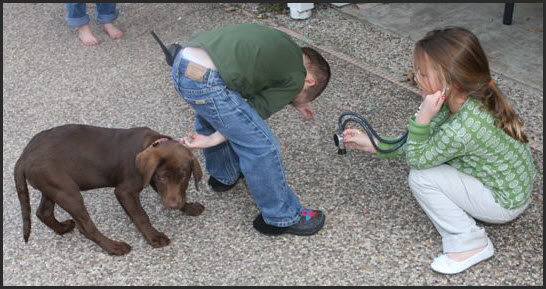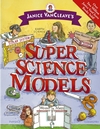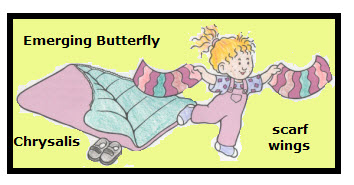Astronomy for Every Kid: 101 Easy Experiment That Really Work A dwarf planet is a celestial body that: orbits a sun has enough mass to give it a nearly round shape is not a satellite of another object has not cleared out all the objects in its own orbit This definition of a dwarf planet […]
Archives for 2010
Scientific Method:Research
Research is any process that results in the collecting of information about a specific topic. There are two basic kinds of research, primary research and secondary research. Secondary Research: Information recorded by others. Primary Research: Research that you discover on your own. For example, research experiments, called exploratory investigations. The kids in the photo are […]
Science Fair Ideas
I WILL BE ADDED NEW IDEAS TO THE FOLLOWING LISTS, SO STOP BACK PERIODICALLY FOR MORE IDEAS. JANICE Ideas for developing Science Models Astronomy 1. What is a solar eclipse? You could show diagrams of the position of the Sun and Earth during a solar eclipse. Diagrams of how to safely observe a solar eclipse […]
Sun Blockers
Natures Natural Sunblockers Some of the organisms in the icy waters of the Antarctic Ocean have a natural sun-blocker. What is this substance? Answer: Pigments (coloring substances) in living organisms, such as melanin in human skin, can also protect them from UVL. The young girl on the left in the picture above has very little […]
Electromagnetic Spectrum
Question: What is electromagnetic spectrum? Answer: Radiation is a type of energy that moves in the form of waves or particles. This energy is emitted by one body, travels through a substance or space, reflected by some bodies, and ultimately is absorbed by a body. There are different kinds of radiation that differ from each […]
Model a Butterfly Emerging from a Chrysalis
Inside its chrysalis, a caterpillar breaks down into a “chemical mush.” This liquid goo is miraculously transformed into a beautiful butterfly. When this transformation is complete, a weak, wet adult butterfly breaks out of the chrysalis. In a short time the butterfly dries and is strong enough to fly away. Play and Have Fun with […]
Moon Movements
The far side of the Moon is the side that never faces Earth, and it is not always dark. In fact, a little more than half of the Moon’s surface is lit all the time. From Earth, you can only see about half of the Moon’s surface and it is always the same. So how […]
Formation of Carbon-14
Cosmic Rays From Space Question: What are cosmic rays? Answer: Fast moving particles from space: 90% high energy protons (hydrogen nuclei), 10% high energy alpha particles (helium nuclei), 1% electrons Question: How are cosmic rays involved in the formation of carbon-14? Answer: Cosmic rays bombard the nuclei of gases in earth’s atmosphere resulting in neutrons […]
How Fingerprints Differ
Fingerprints Zoology is a study about people and animals. Fingerprints are grooved patterns on the tips of the fingers. Everyone’s fingerprints are different, so they can be used for identification. Zoology Project Ideas Purpose: To discover how these variables affect fingerprint patterns: * Different fingers on the same hand. * Fingers on right and left […]
Measurements: Mass vs. Weight
I am helping a first year teacher who is teaching science to children who are not fluent in English. 1. How does one explain that mass and weight are not interchangeable terms when the same instrument, such as a bathroom scale, can be used to measure both mass and weight? 2. How does one explain […]
- « Previous Page
- 1
- …
- 33
- 34
- 35
- 36
- 37
- …
- 54
- Next Page »






